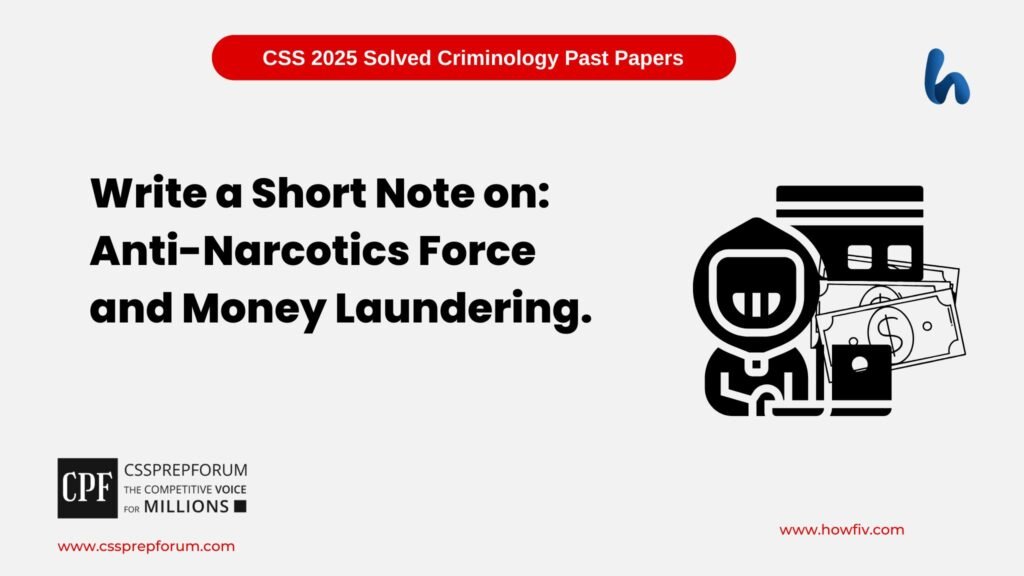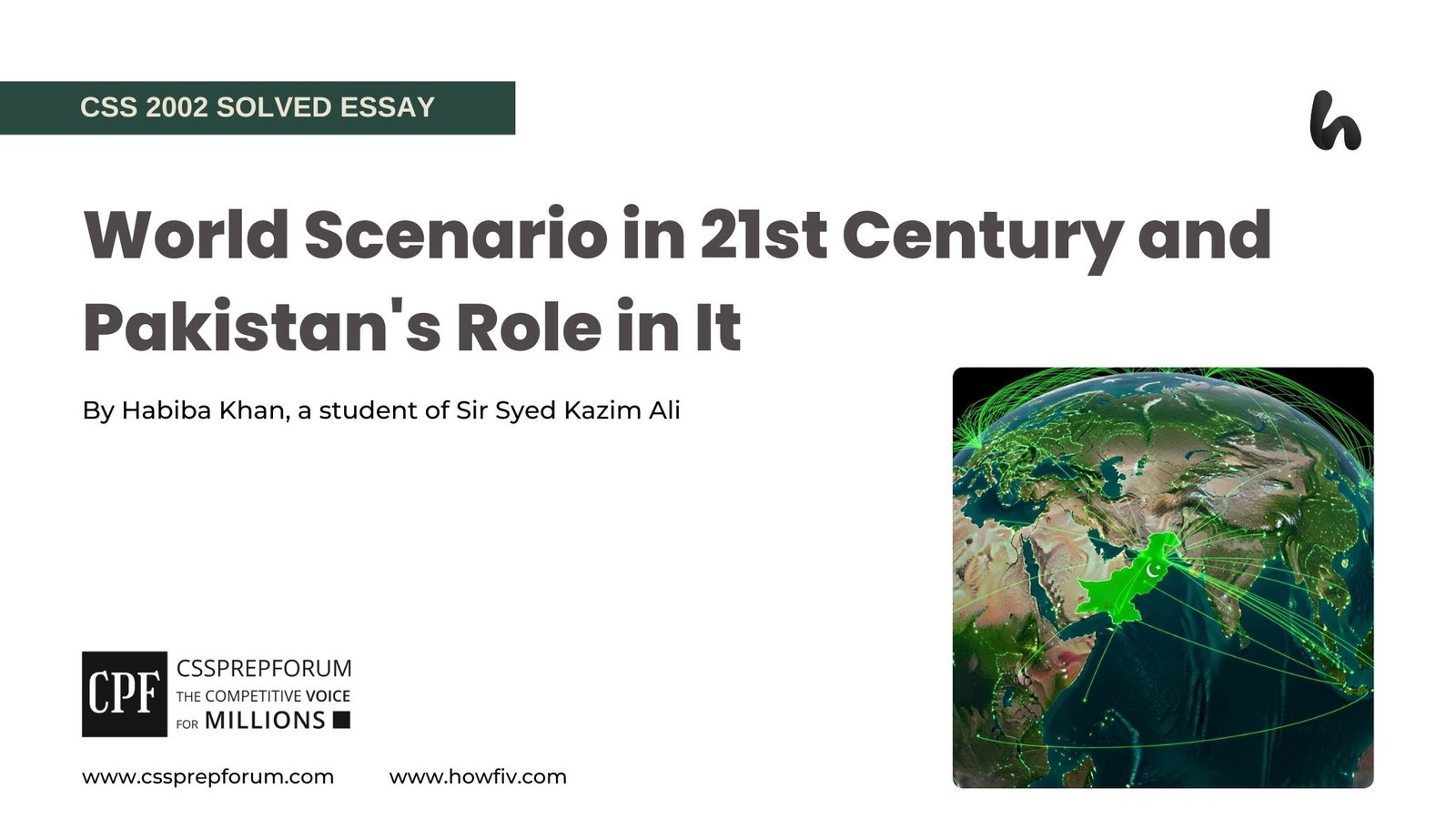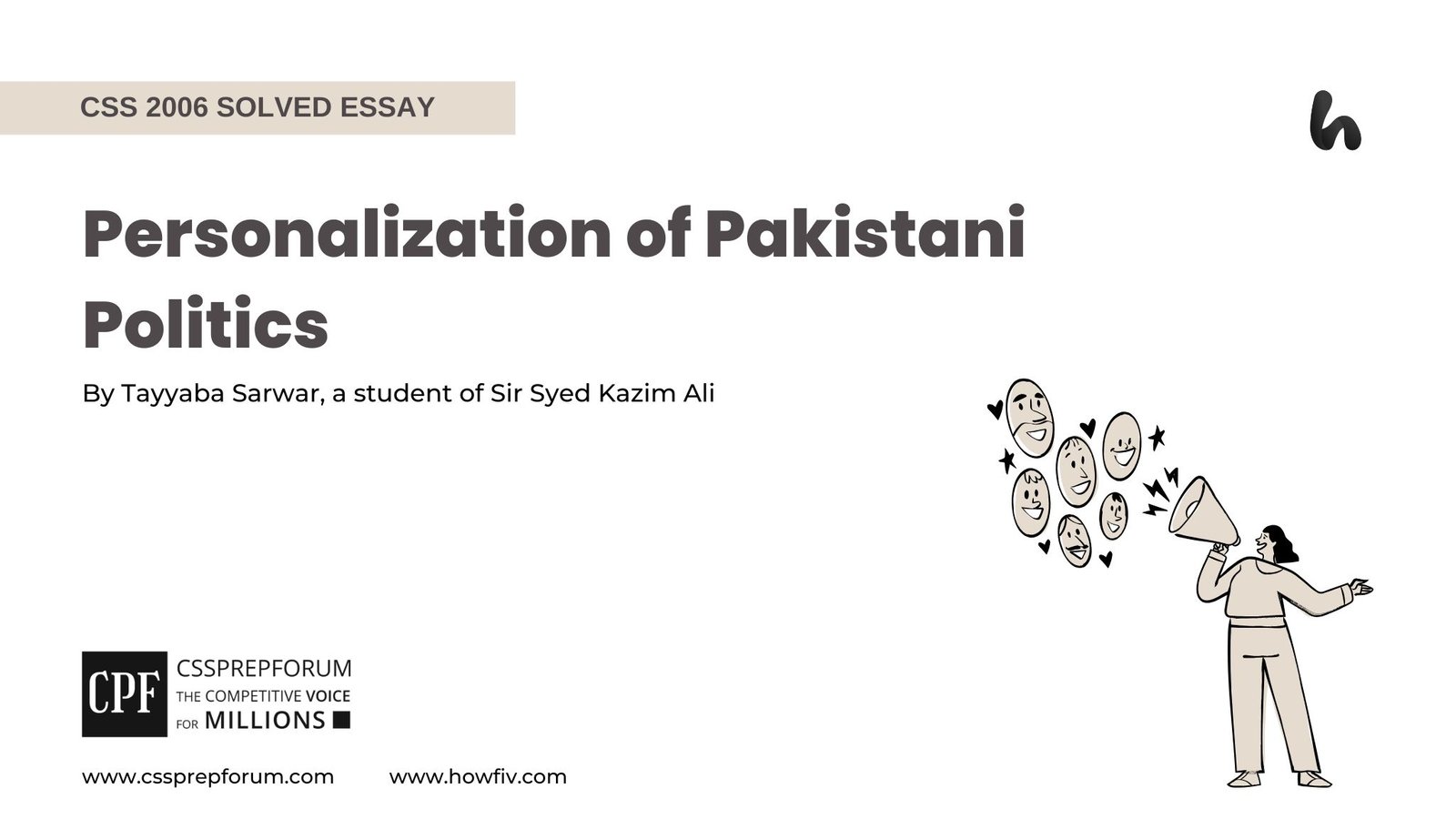CSS Solved Criminology Past Paper CSS 2025 | Anti-Narcotics Force and Money Laundering

Question Breakdown
In this question, the examiner has inquired about the Anti-Narcotics Force of Pakistan. The aspirants need to analyse the history critically, working and progress of the Anti-Narcotics Force. To make the answer outstanding, one can also add scholarly references and examples from Pakistan, and link the criminological perspectives if possible. Despite this, one should explain how the Anti-Narcotics Force addresses these challenges. Moreover, the quality of the answer can be enhanced by adding diagrams, relevant quotations, and flowcharts. Moreover, despite this, one ought to explain how money laundering has become a prevalent issue and the strategies to deal with it. Moreover, the quality of the answer can be enhanced by adding diagrams, relevant quotations, and flowcharts.
Anti-Narcotics Force
Outline
1-Introduction
2-Use of Narcotics – a Pervasive Issue
3-Anti-Narcotics Force
- ✓History
- ✓Mandate
- ✓International Cooperation
4-Critical Analysis
5-Conclusion

Answer to the Question
Introduction
The Anti-Narcotics Force (ANF) is the premier agency of Pakistan that aims to combat drug trafficking and substance abuse within the country. The organisation was established on 21 February 1995, following the merger of the Anti-Narcotics Task Force and the Pakistan Narcotics Control Board. The Anti-Narcotics Force (ANF) operates under the umbrella of the Ministry of Interior and Narcotics Control along with the Pakistan Army. The Library of Congress described the role of the Anti-Narcotics Force as,
“The Anti-Narcotics Force is a federal executive bureau of the Government of Pakistan, tasked with combating the narcotics smuggling and use within Pakistan.”
Use of Narcotics—a Pervasive Issue
According to Encyclopedia Britannica, narcotics refer to the drugs that are used for pain relief (analgesia) and result in stupor or sleep (narcosis) as well as addiction, which is physical dependence on the drug. Through the Controlled Substances Act, implemented by the Drug Enforcement Administration, the use of narcotics is regulated in the United States of America. Drug addiction is a cyclic and chronic phenomenon, which can also be called a relapsing brain disease. When individuals are addicted to drugs, they seek and use them compulsively despite their harmful effects. Though drug addiction can be treated through therapies and medications, long-term use of such drugs can lead to irreversible damage to the brain. For instance, people lose their abilities of reasoning, memory, and physical coordination.
Anti-Narcotics Force (ANF)
The Anti-Narcotics Force (ANF) emerged as a principal agency to deal with the supply and demand reduction of narcotics in Pakistan. The border between Pakistan and Afghanistan is porous, due to which illegal narcotic drugs enter Pakistan and then are smuggled out of the country via the Iranian border, the Makran coast, or by sea and air.
History
The primary agency for combating drug abuse as well as minimising the supply and demand of narcotics is the Anti-Narcotics Force (ANF), which was established on February 21, 1995. The agency comes under the authority of the Ministry of Narcotics Control. According to the United Nations Office on Drugs and Crime (UNODC), ANF functions through a multi-pronged strategy that not only focuses on fighting against narcotics but also minimises vulnerability by creating awareness and rehabilitation of drug addicts. The headquarters of ANF are in Rawalpindi, and the regional directorates are present in Rawalpindi, Lahore, Karachi, Peshawar, and Quetta. Moreover, 28 police stations and 7 Control of Narcotic Substances (CNS) courts have been set up to deal with the convicted people involved in drug trafficking and abuse. The vision of the Anti-Narcotics Force of Pakistan is,
“One Nation, One Destination, Drug-Free Pakistan.”
Mandate
According to the Anti-Narcotics Force Act 1997, the salient features of the mandate given to ANF include,
“To inquire, investigate, and prosecute all offenses related or connected with intoxicants, narcotics, and precursors. Trace and freeze the assets. Coordinate the elimination and destruction of poppy cultivation. Provide assistance to other law enforcement agencies and share information with all national and international agencies on drug-related matters. Arrange and coordinate the training of their own staff and members of other law enforcement agencies related to narcotics. Maintain liaison with all international narcotics control authorities and represent Pakistan in conferences and seminars. Perform any other related functions that the federal government may assign.”
International Cooperation
The Anti-Narcotics Force is also responsible for ensuring international cooperation and maintaining liaison, as well as collecting, analysing and exchanging information related to narcotics. Section 5(d) of the Anti-Narcotics Force Act 1997 delineates the responsibilities of the International Cooperation Directorate.
“Maintain liaison with all national or international narcotics authorities, organizations, bodies, associations, and societies and represent Pakistan in such conferences, seminars, and workshops arranged by any such organization on narcotics-related matters.”
Critical Analysis
In recent years, the Anti-Narcotics Force has controlled and seized narcotics considerably. From March 3 to March 9, 2025, the agency seized around one thousand kilograms of drugs that were worth $82 million. Through these operations carried out by the Anti-Narcotics Force, several individuals involved in drug trafficking were arrested, including foreign nationals. Nonetheless, Pakistan continues to face several challenges related to substance abuse. According to the Drug Monitoring Platform of the United Nations, the Anti-Narcotics Force is unable to combat the use of narcotics effectively due to financial and human resource constraints. To address these challenges, fostering cooperation between national and international agencies, providing advanced training and sufficient resources, and revising existing legal frameworks are paramount.
Conclusion
To cap it all, the Anti-Narcotics Force plays a substantial role in minimizing substance abuse and combating drug trafficking. The organizational framework of ANF includes several directorates that focus on enforcement, prevention, and intelligence. In order to execute the mandate efficiently, ANF cooperates with various other national and international agencies, including the Maritime Security Agency, the Rangers, and police departments. Despite various efforts of the Anti-Narcotic Force, the country is still unable to eradicate the issue completely and is considered a major drug-producing region. The United Nations Office on Drugs and Crime (UNODC) reported that there are nearly nine million people who are involved in substance abuse, with heroin being the most commonly abused narcotic. To address these issues, capacity building within the agency, cooperation, and sufficient resources are crucial. According to the Mission Statement of the Ministry of Narcotics Control,
- “Our mission is to ensure strong enforcement against drug trafficking, promote international cooperation, and to rehabilitate drug addicts by decreasing dependence.”
Money Laundering
Outline
1-Introduction
2-Definition of Money Laundering
3-Money Laundering in Pakistan
- ✓History
- ✓Nature of Crime
- ✓Cost of Crime
- ✓Motives of Criminals
- ✓Anti-Money Laundering Law 2010
- ✓International Prospective
4-Critical Analysis
5-Conclusion
Answer to the Question
Introduction
Money Laundering refers to a process in which criminals try to conceal their finances obtained from illegal sources and unlawful activities. According to Britannica, money laundering disguises the criminal origin of financial assets, allowing them to be used freely. It undermines the integrity of the financial system and the stability of the market. In Pakistan, money laundering is a menace and a pervasive issue. Prior to 2010, there was no well-developed technique to curb money laundering in Pakistan. According to the Economic Times and the findings of the International Consortium of Investigative Journalists,
“At least six Pakistani banks have been named in an investigation on the role global banks play in money laundering, which makes up to at least $2.5 million.”
Definition of Money Laundering
According to the Oxford Dictionary,
“Concealment of origins of illegally obtained money, typically by means of transferring through a foreign bank or a legitimate business.”
The Anti-Money Laundering Act 2010 states,
“A person is guilty of an offence of money laundering if;
- Acquire, possess, or transfer a property obtained by a crime
- Conceal or disguise the nature of origin
- A property from crime on behalf of someone.”
Money Laundering in Pakistan
Money laundering also refers to the physical movement of money abroad. The fight against drug trafficking and money laundering started in the late 1980s.
History
In the 1970s, world powers began releasing this deadly combination of illicitly obtained money and its siphoning to other countries. In 1989, the G-7 countries formed the Financial Action Task Force (FATF). In 2010, the Anti-Money Laundering Act was introduced in Pakistan. The Securities and Exchange Commission of Pakistan and the State Bank issue some regulations or SOPs to be followed.
Nature of Crime
It is a sophisticated crime and very difficult to identify. It occurs outside the normal financial statistics, and no proper documentation is available to check whether it took place or not. It is an illegal act and is most commonly done by public office holders, organised syndicates, or businessmen. Therefore, it is a form of white-collar crime.
Cost of Crime
Money laundering affects the business and economy of the country. 3.6% of the GDP is from drug trafficking in Pakistan. Furthermore, there is also a social and political cost of crime. Criminals infiltrate the governmental level; therefore, organisations weaken, and the social fabric becomes weak. As a result, issues like poverty and unemployment increase.
Motives of Criminals
The primary motive of criminals is to generate profit, mostly through organised crime. In addition, they aim to enjoy the profit without jeopardising the source. An illegal source leads to increased profits without proper checks and balances. Another objective of criminals is to legalise the illegal money.
Anti-Money Laundering Law 2010
The State Bank of Pakistan, as well as the Securities and Exchange Commission of Pakistan, are responsible for regulating banking channels and non-banking financial companies, respectively. Through the Anti-Money Laundering Act, the elimination of informal channels, such as hundi-hawala, was ensured. AMLA 2010 defines money laundering and its punishment, which should be a minimum of one year and may exceed ten years. Furthermore, there should be a fine of one to five million rupees, forfeiture of property, and any person, company, employee, or director will be punishable under it.
International Prospective
In 1989, the Financial Action Task Force (FATF) – an intergovernmental body – issued forty recommendations to combat money laundering, emphasising the assessment of the level of implementation and training of member countries regarding the new nature of crimes. The purpose of these recommendations was to propose an anti-money laundering strategy that enhances the effectiveness of the criminal justice system and facilitates the implementation of preventive measures to increase transparency in financial operations.
Critical Analysis
Money laundering is a prevalent issue, particularly in Pakistan, which also results in economic instability and fosters corruption, thus facilitating other criminal activities such as organised crimes and terrorism. Although anti-money laundering laws were introduced and efforts were made to curb the illicit flow of funds, their effective implementation was not envisioned. This is largely due to weak institutions and political interference, as well as rampant corruption. According to Edwin Sutherland’s Differential Association Theory, financial elites exploit weak regulatory environments to engage in illegal economic activities and white-collar crimes. To effectively combat money laundering, it is crucial to strengthen institutions, ensure accountability and transparency in financial transactions, and punish those involved in these illicit activities.
Conclusion
To sum it up, money laundering is an organised crime in which individuals of authority try to conceal their proceeds acquired from illicit origins and unlawful acts. Though the risk score of Pakistan, according to the Basel AML Index, slightly improved from 6.16 to 6.11, the country still faces several challenges. According to the Transparency International, Pakistan ranks at 135th position in Corruption Perception Index 2024 which highlights the money laundering activities within the country. Nonetheless, while stating Pakistan’s progress, the Financial Action Task Force (FATF) stated,
“Pakistan has made good progress in addressing the technical compliance deficiencies identified in its MER and has been re-rated on R.10, R.18, R.26 and R.34.”

CSS Solved Past Papers’ Essays
Looking for the last ten years of CSS and PMS Solved Essays and want to know how Sir Kazim’s students write and score the highest marks in the essays’ papers? Then, click on the CSS Solved Essays to start reading them.
CSS Solved Essays
CSS Solved General Science & Ability Past Papers
Want to read the last ten years’ General Science & Ability Solved Past Papers to learn how to attempt them and to score high? Let’s click on the link below to read them all freely. All past papers have been solved by Miss Iqra Ali & Sir Ammar Hashmi, Pakistan’s top CSS GSA coach having the highest score of their students.












